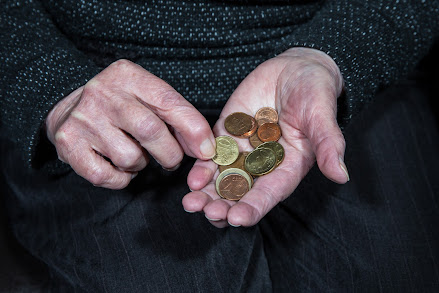Coins can last around 30 years in circulation before they’re too worn to use. When coins reach the end of their life, the Federal Reserve removes them from circulation. Old coins are melted down and used for other things.
Why Would You Want To Melt Coins?
The only time it ever makes sense to melt down coins is when the face value or collector's intrinsic value of that coin is less than the value of the metal used to make the coin. For instance, in 1979 and 1980, silver prices rose to just shy of $50 an ounce ” an all-time high. [1] As a result, an untold number of coins with silver content were melted down because their metal was more valuable than the coin's value.
This rarely happens. Generally, coins are worth more in numismatic value than they are when melted down. This is especially true when it comes to the costs of the melting process itself. However, it all depends on the current price of the metal and whether it is high enough to warrant the melting.
What Rules Are in Place for Melting Coins?
It's illegal to melt down coins in some countries. Canada, for instance, forbids the melting down of any Canadian legal tender in the country. Be sure to check in with your country's laws on melting or defacing official coinage before sending your coins off to the furnace.
In the United States, melting non-circulating silver or gold coins is legal. As long as the coin is not in circulation, you can melt it down regardless of its composition. Source


No comments:
Post a Comment